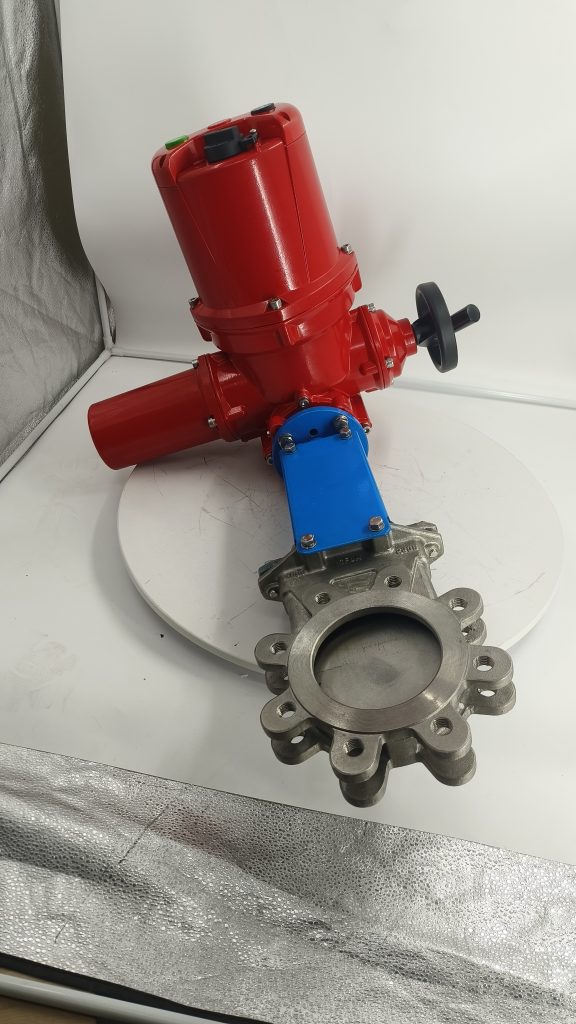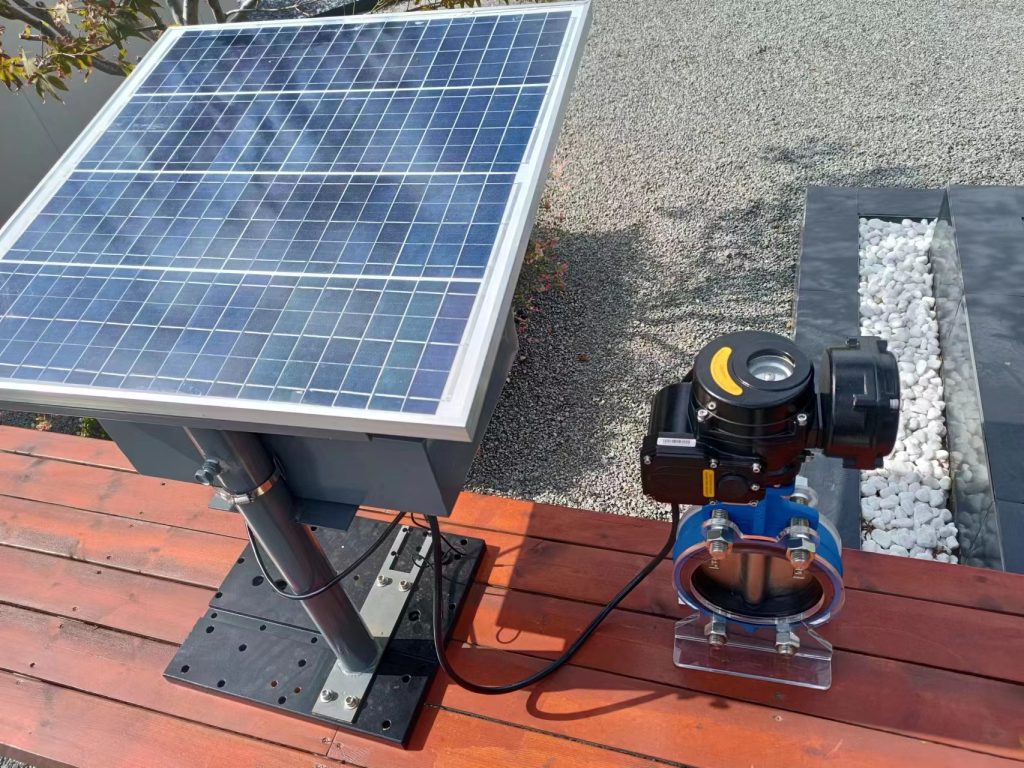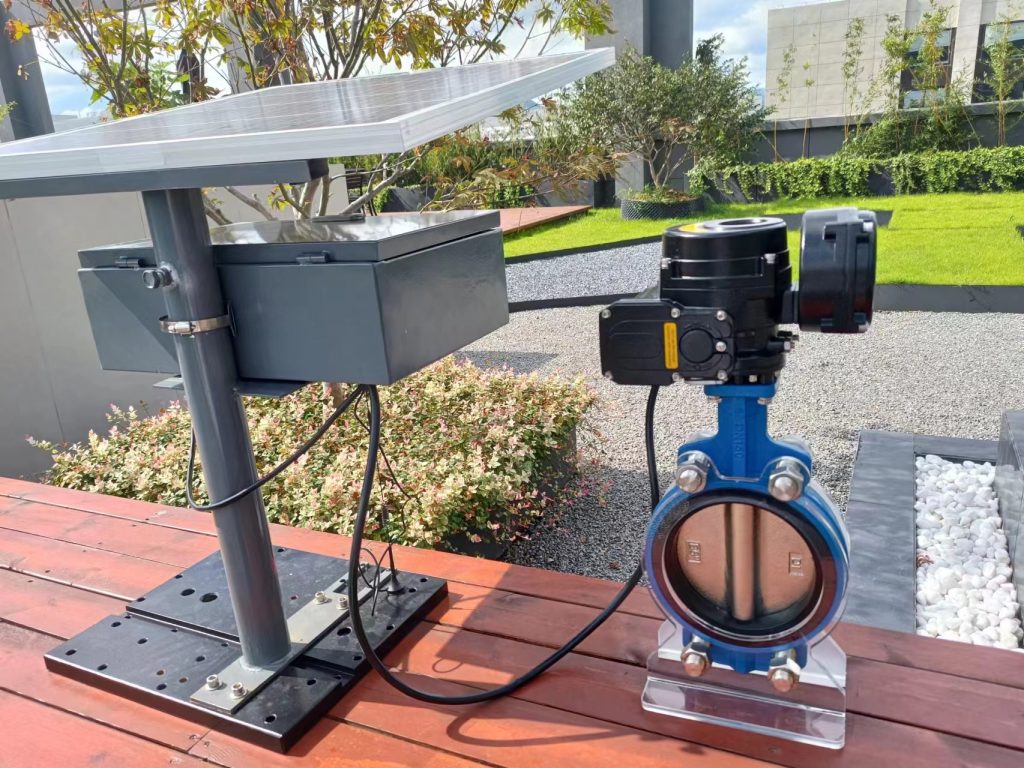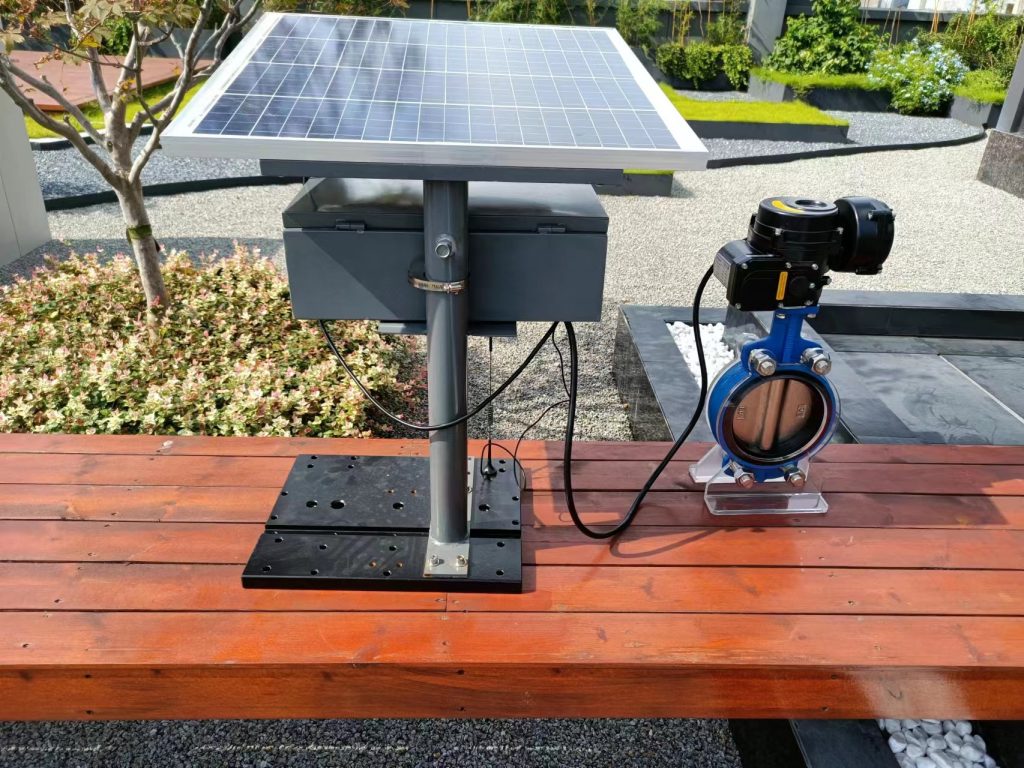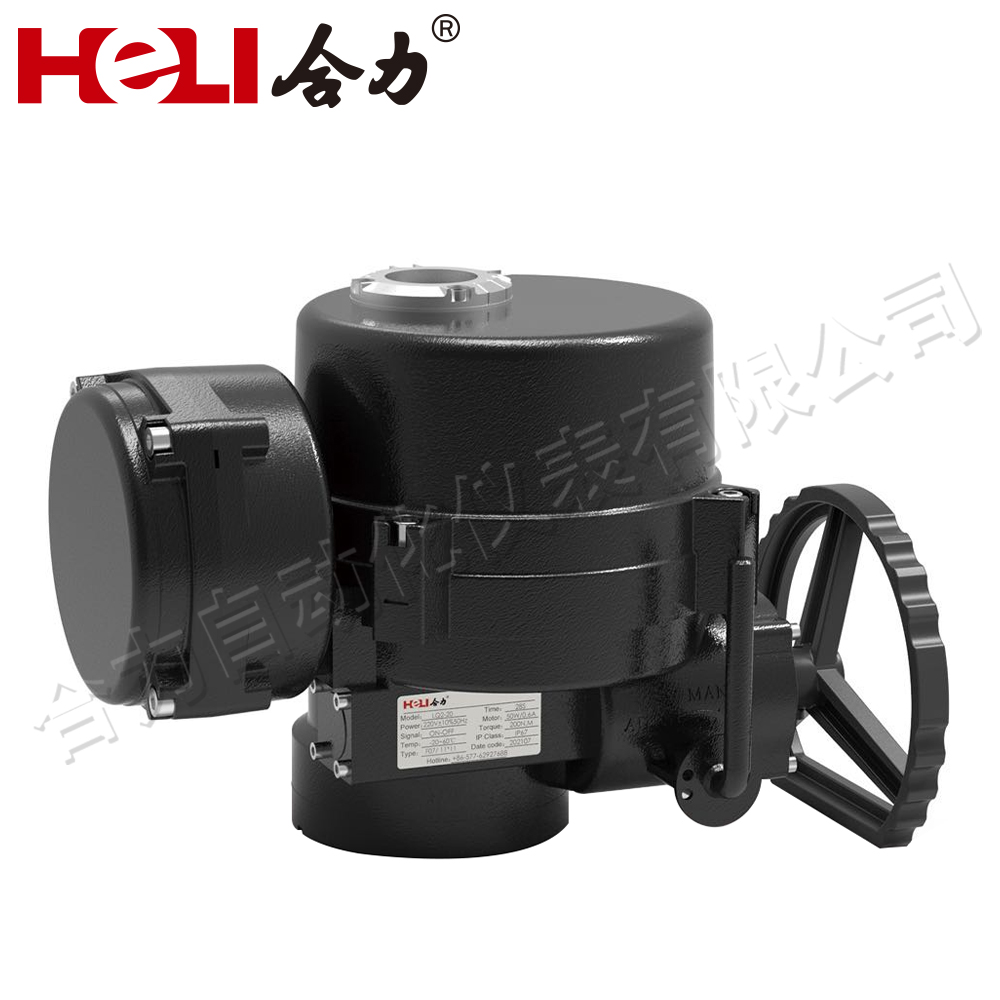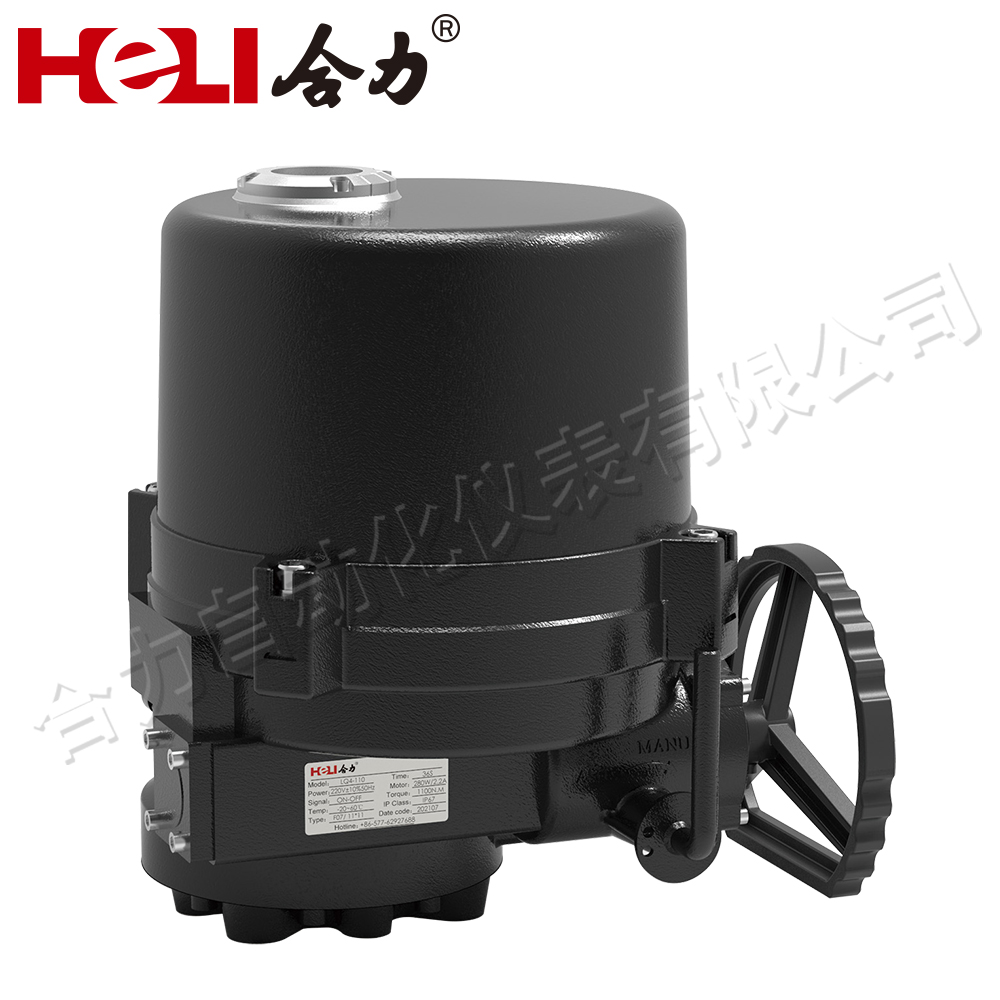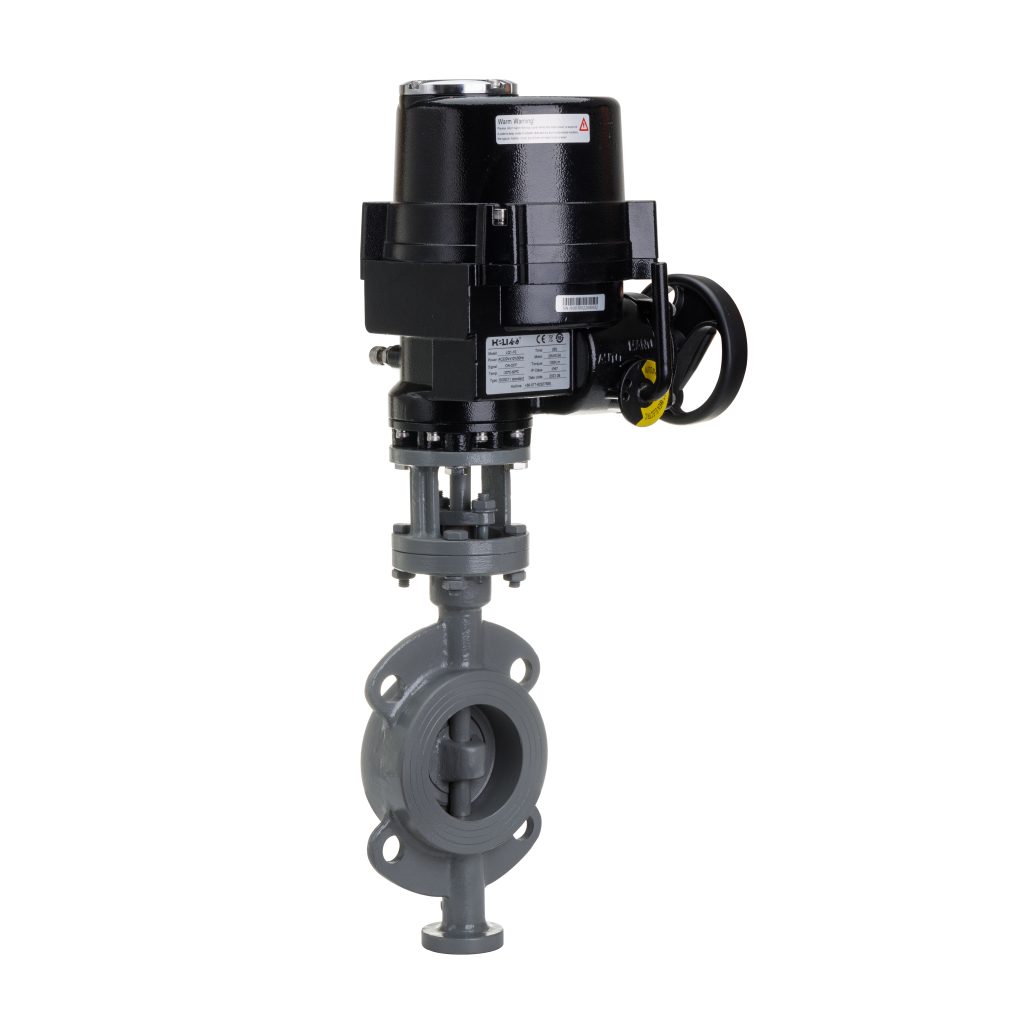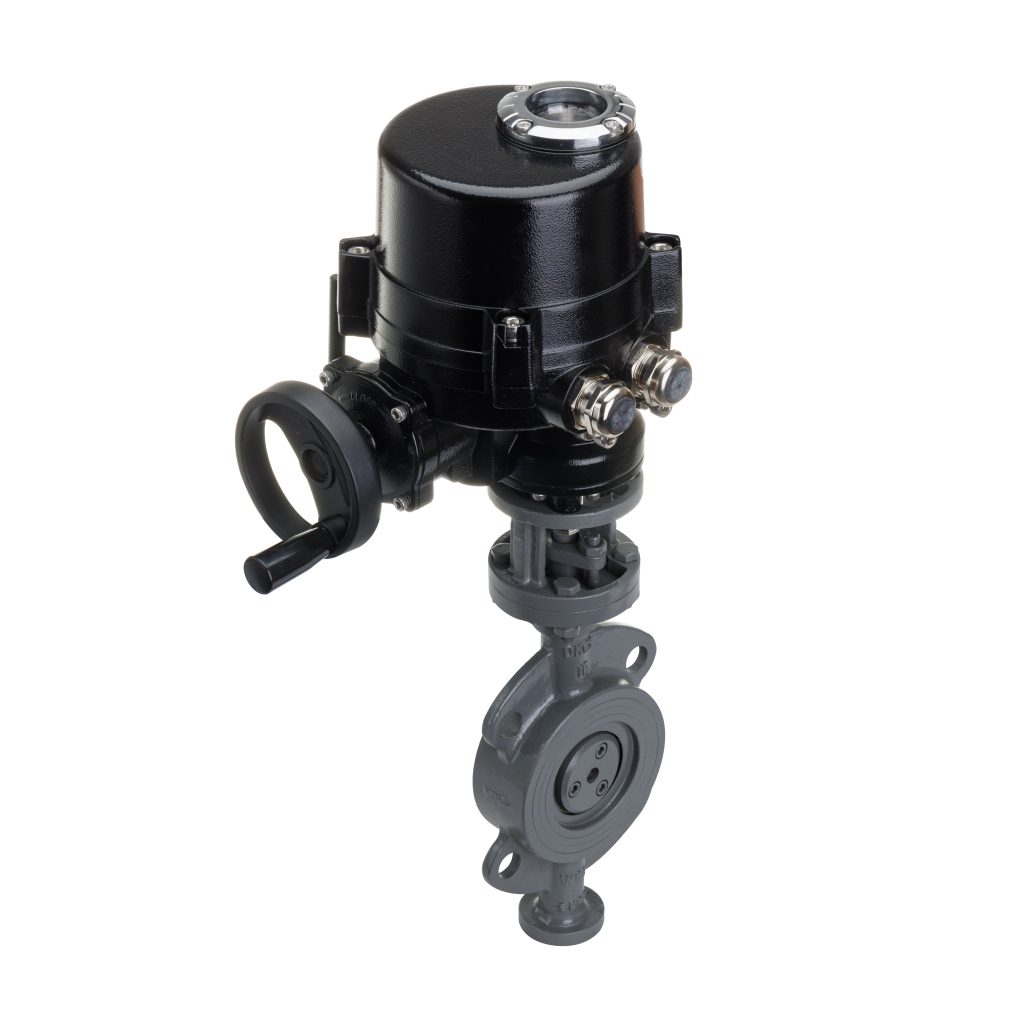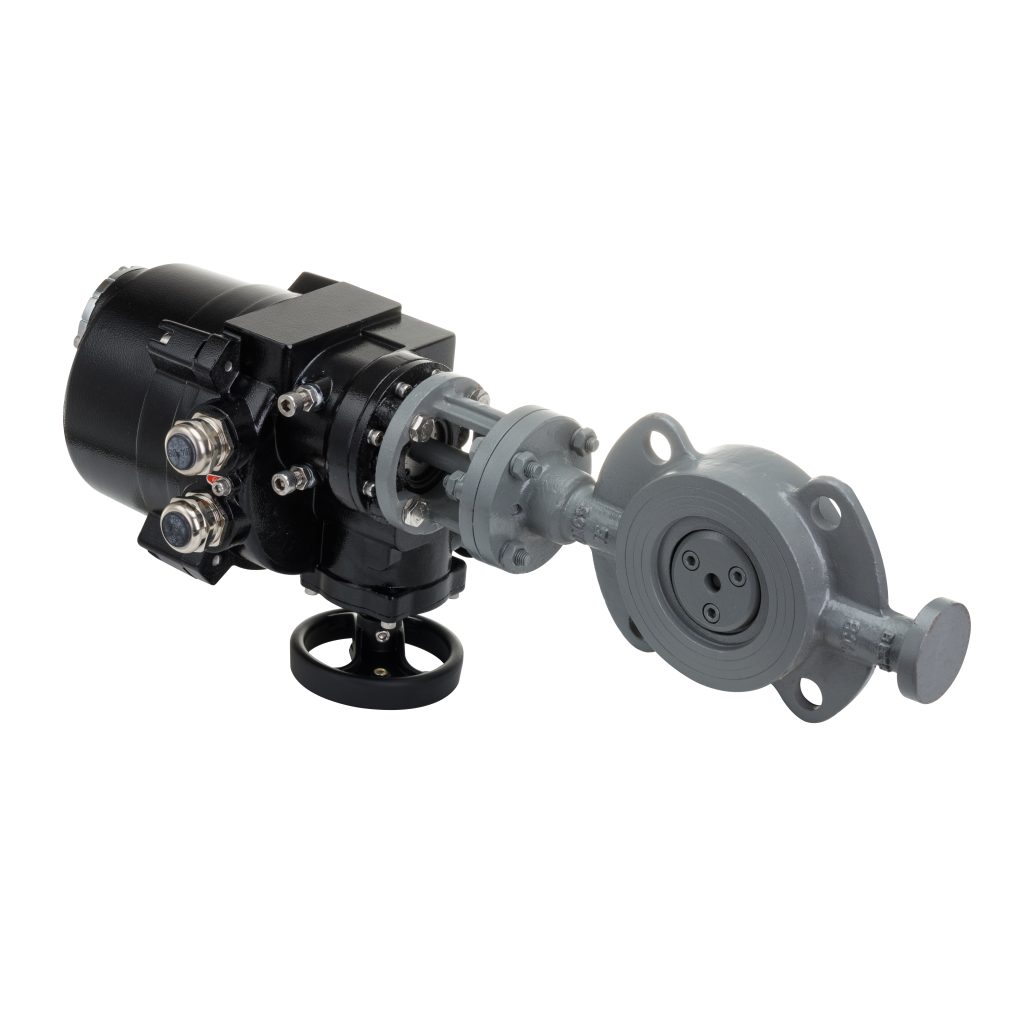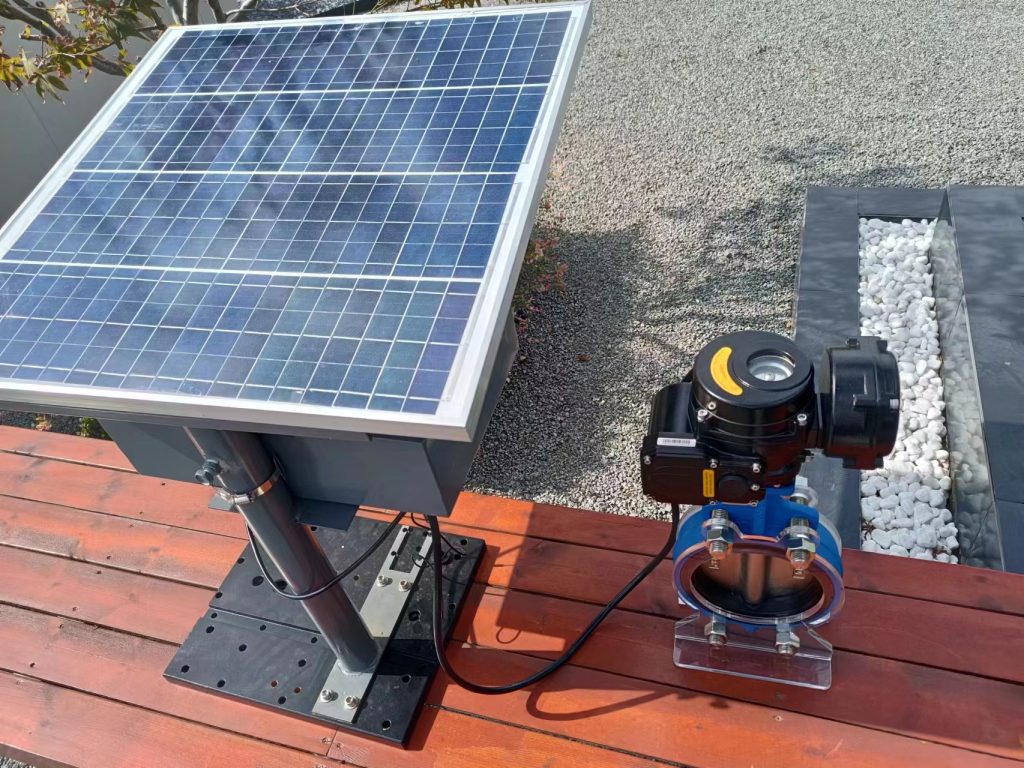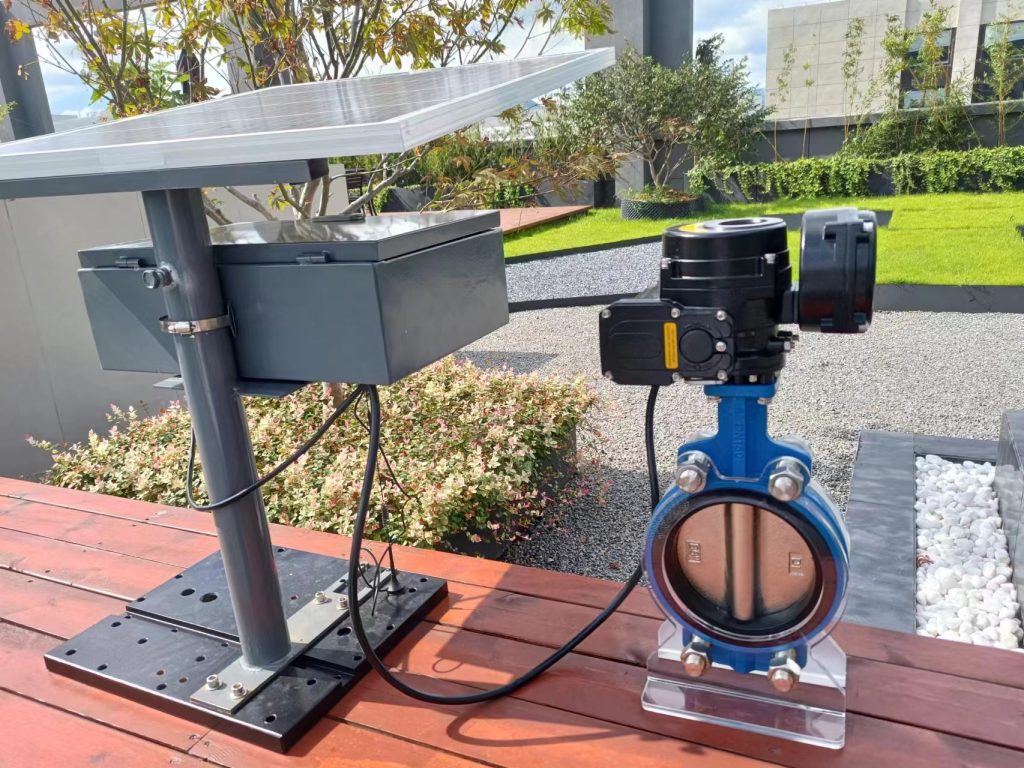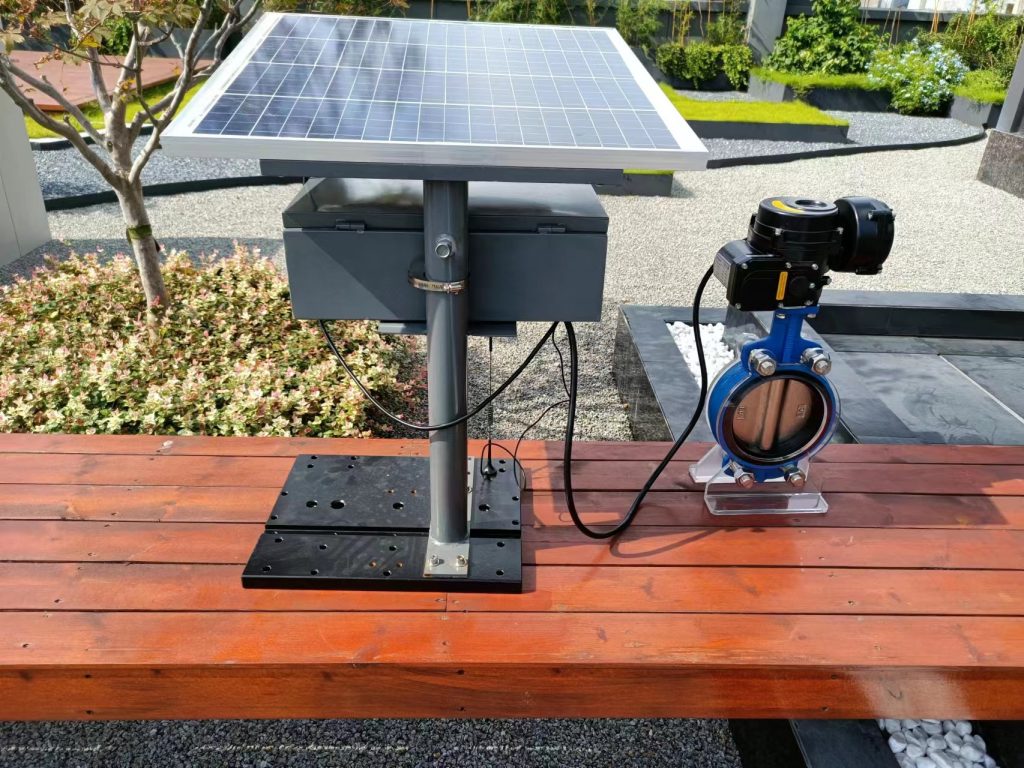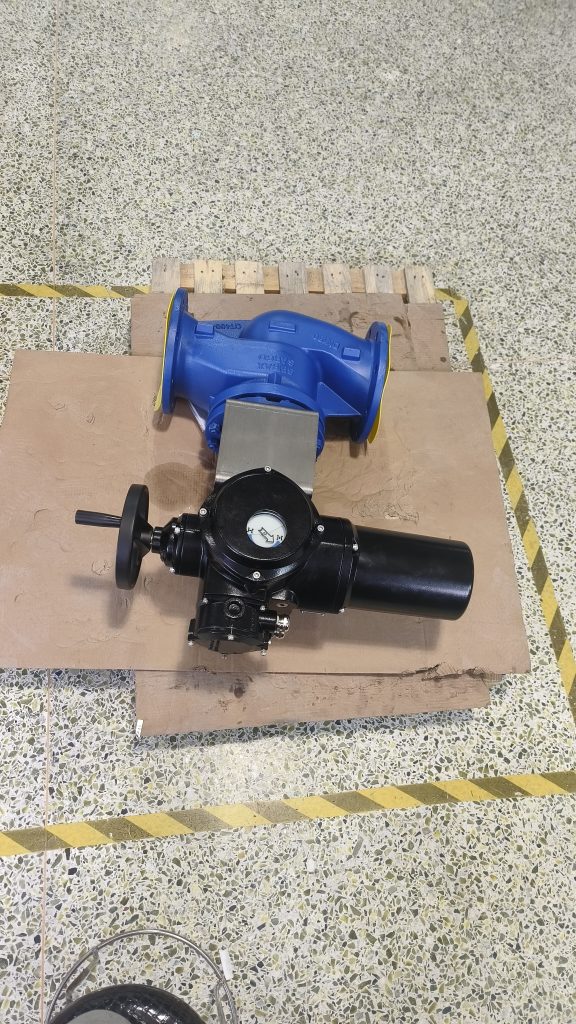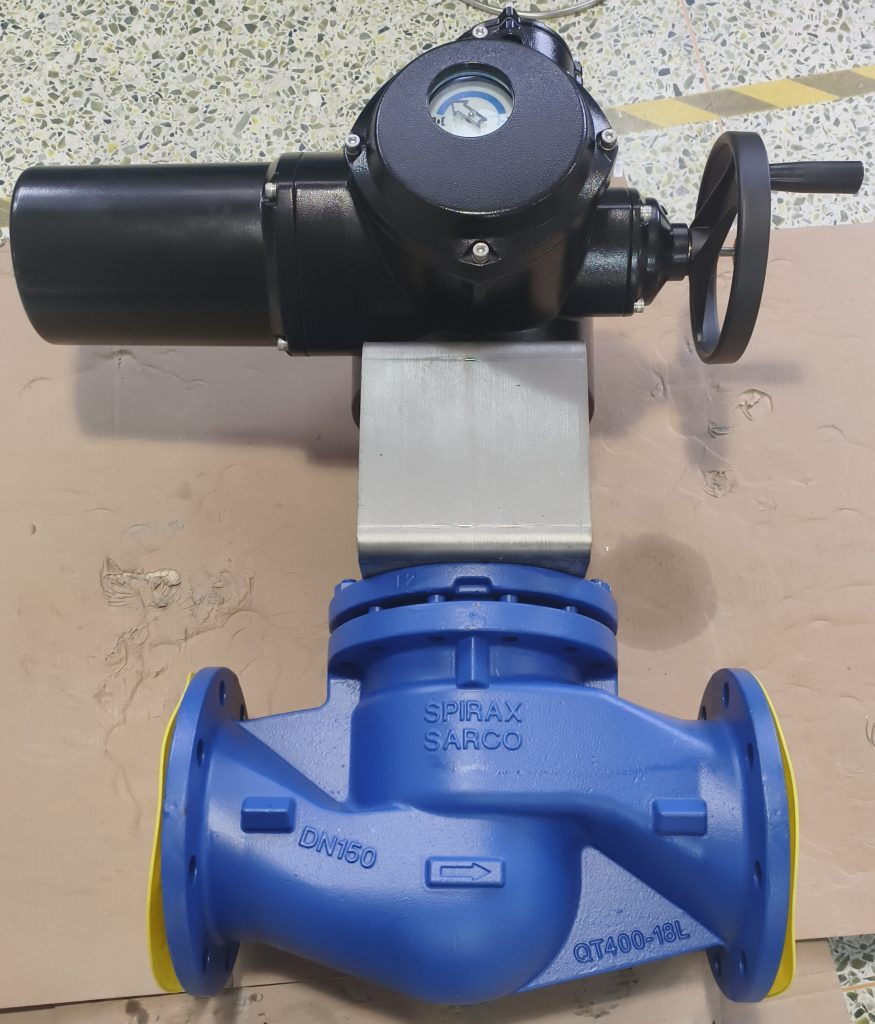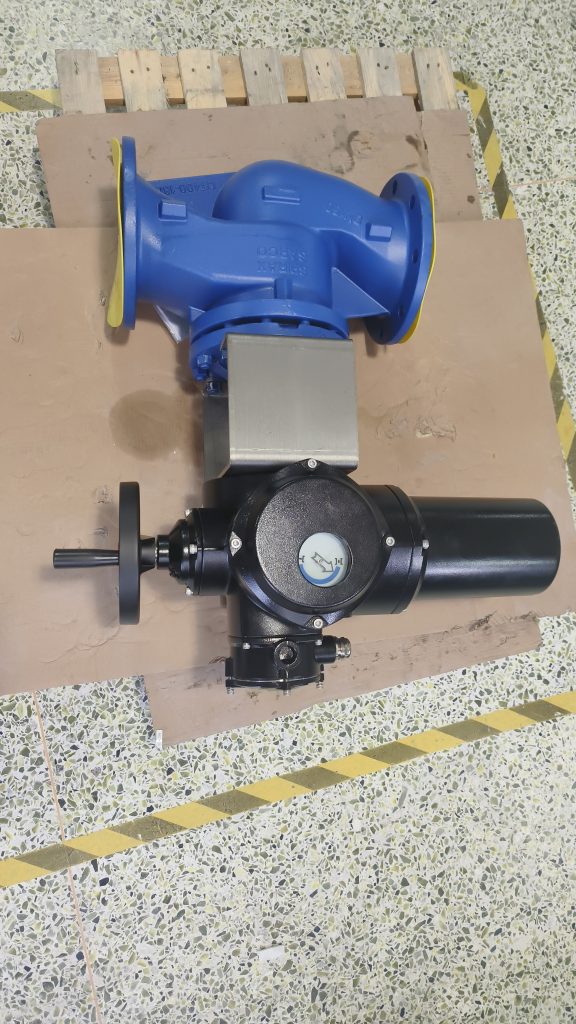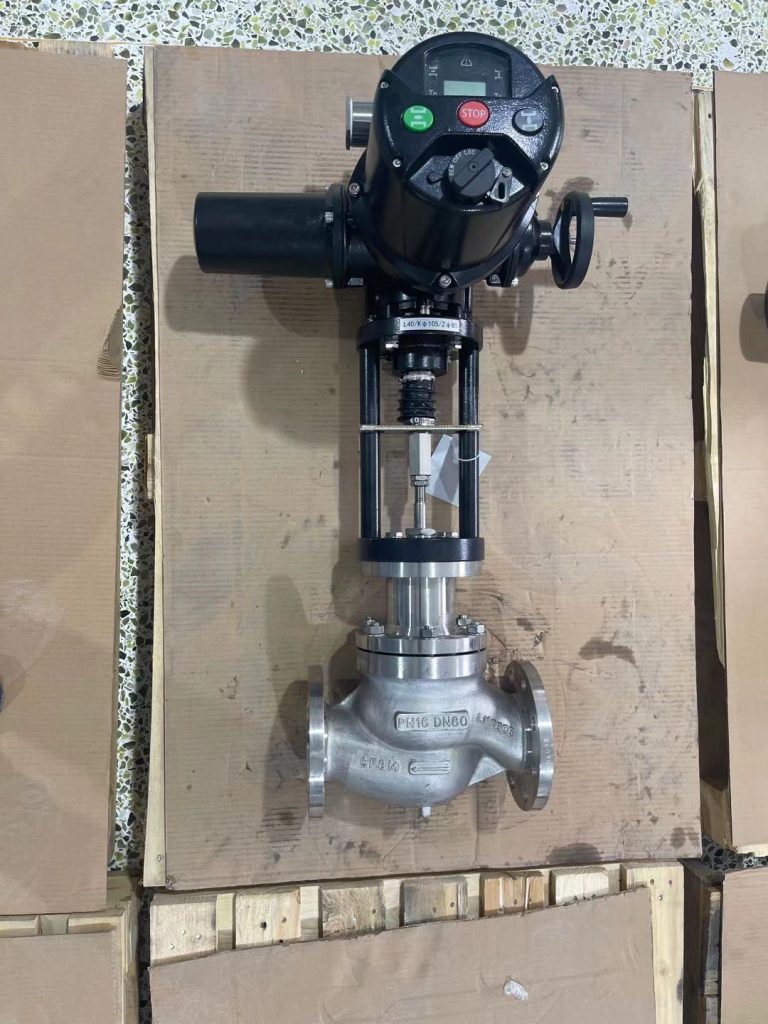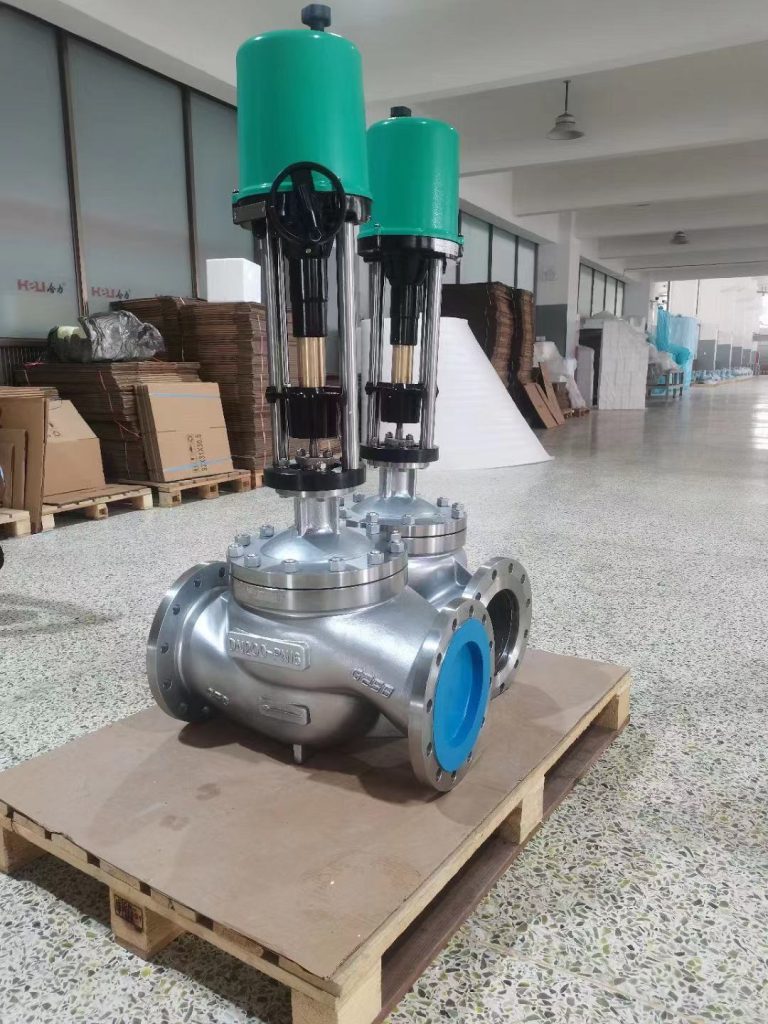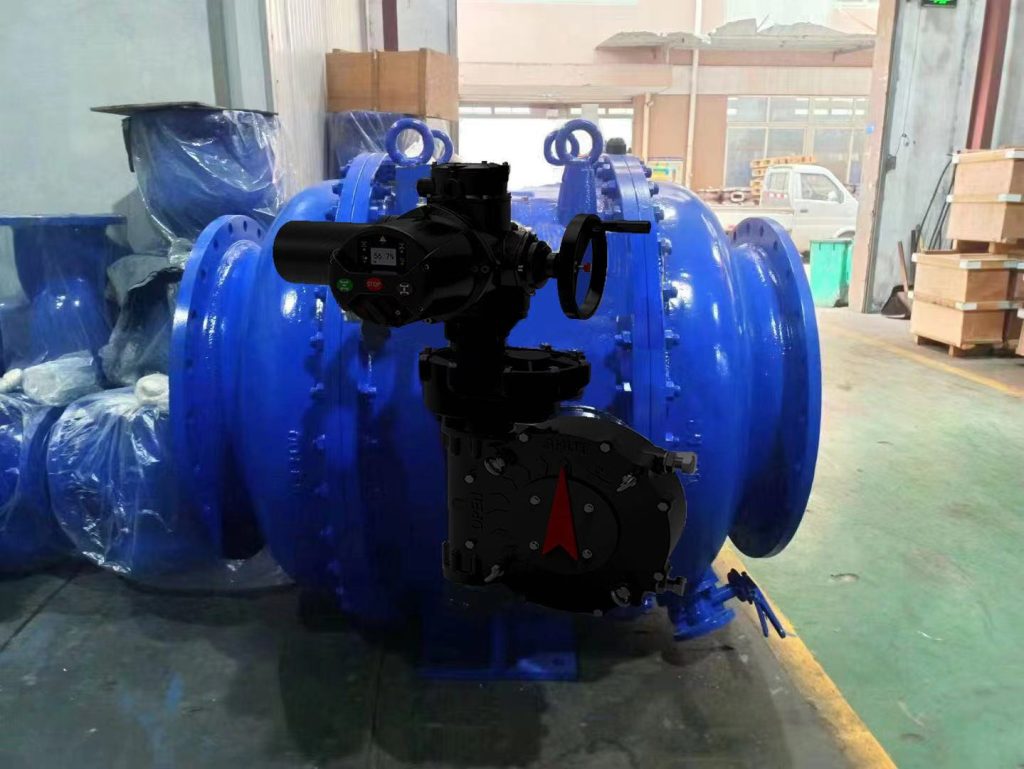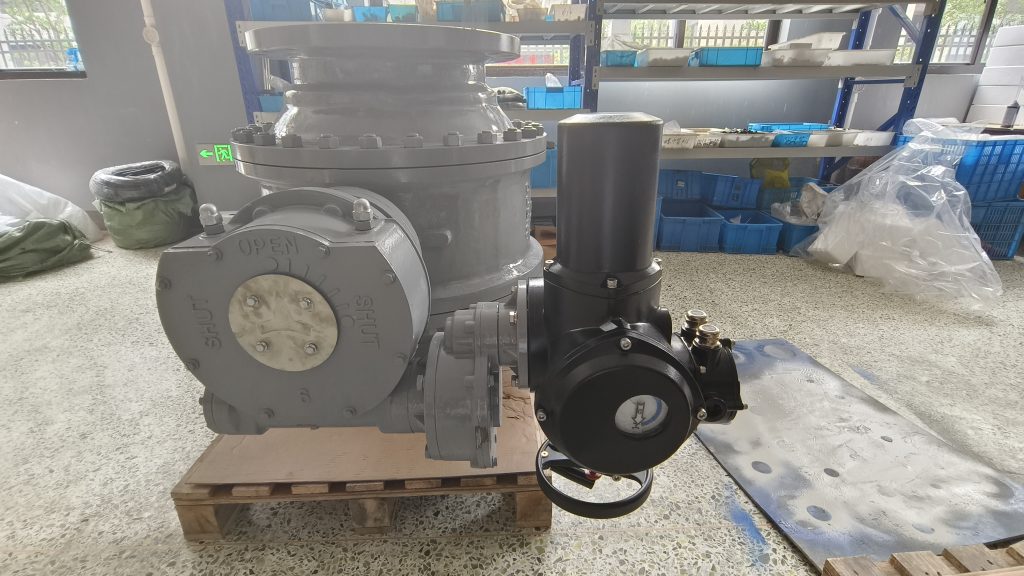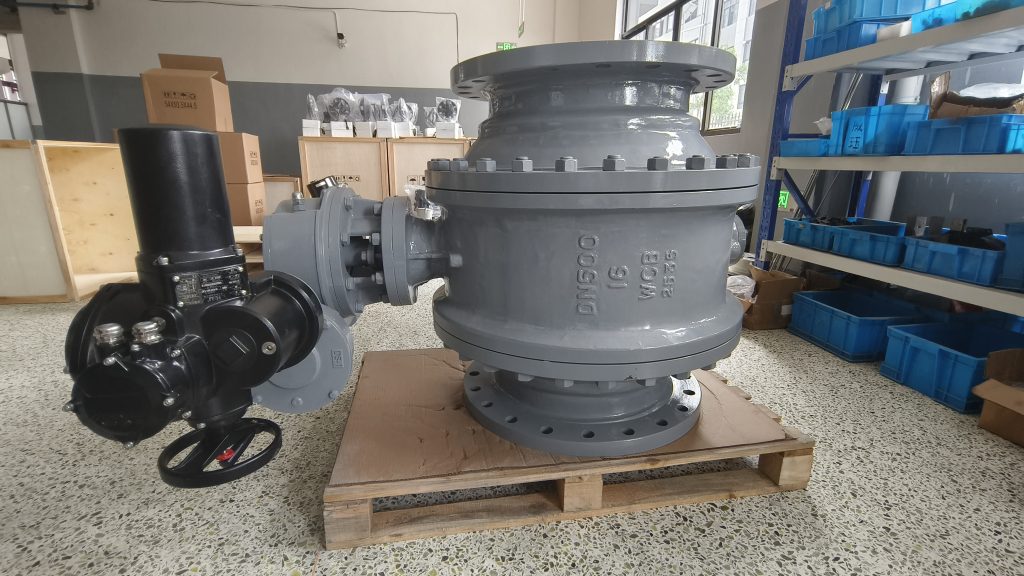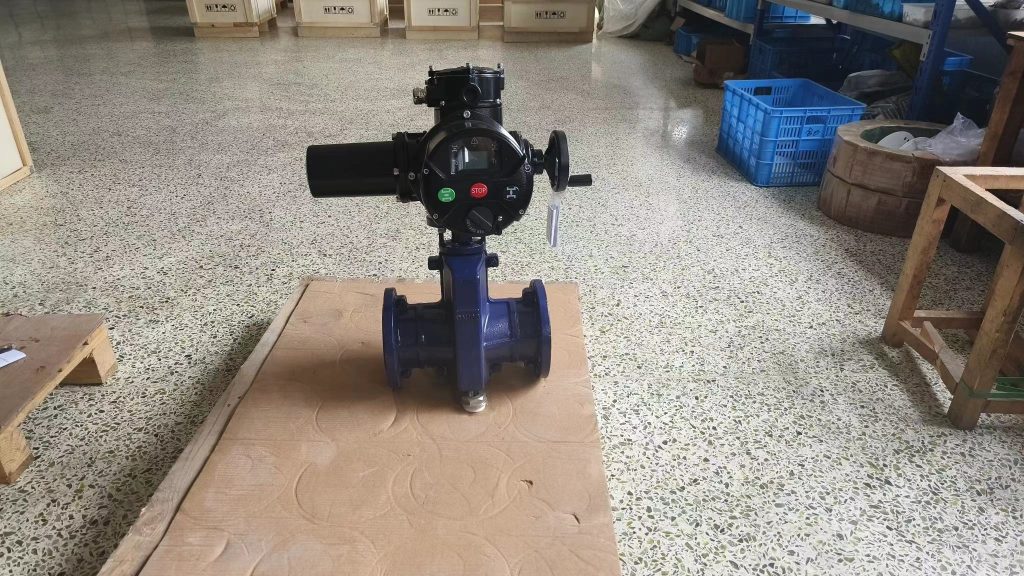In the ongoing quest for cleaner and more efficient energy sources, hydrogen energy has emerged as a frontrunner, promising a significant reduction in carbon emissions. As industries seek to harness this potential, the importance of effective control systems becomes paramount. Among these systems, hydrogen energy electric gate valves play a crucial role, acting as pivotal components in the management and distribution of hydrogen fuel. This article will explore the functionality, benefits, and applications of hydrogen energy electric gate valves in the context of sustainable energy solutions.
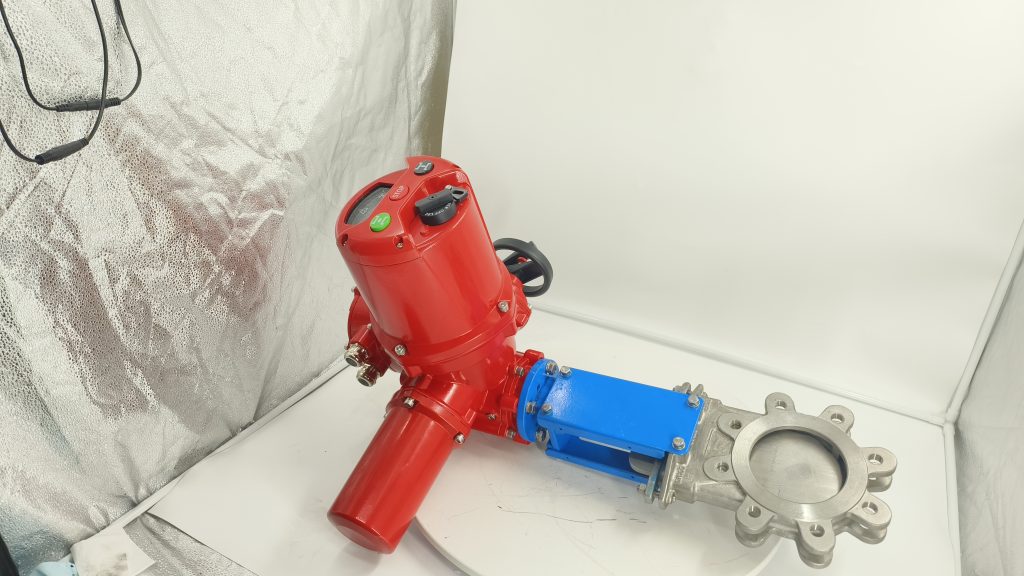
Understanding Hydrogen Energy and Its Applications

Hydrogen energy is derived from the chemical element hydrogen, which, when utilized as a fuel, produces only water vapor as a byproduct. This clean energy source can be harnessed through various methods, including electrolysis, gasification, and steam reforming. The versatility of hydrogen allows it to be used in fuel cells for transportation, as well as in industrial processes and energy storage solutions. As the world shifts towards renewable energy sources, the demand for efficient management systems like electric gate valves becomes critical. The Functionality of Electric Gate Valves
